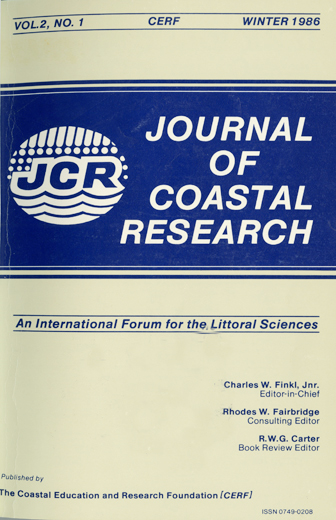Larval Development of Aratus pisonii (Milne Edwards) (Brachyura, Grapsidae) from Marine and Estuarine Environments Reared Under Different Salinity Conditions
Keywords:
Estuarine, larval development, mangrove crab, salinity toleranceAbstract
Larval development of the mangrove crab, Aratus pisonii, reared under three salinity conditions were studied using larvae hatched from females collected from two populations off the Venezuelan coast one located at mangrove swamps associated with an estuarine coastal lagoon and the other at a marine hay. Laboratory rearings were performed using offshore sea water diluted to 15, 25, and 35 ‰S. Results were analyzed in terms of survival and mean duration per larval stage throughout the whole larval phase of the life cycle. Salinity and larval origin have a significant effect only upon survival of zoea I. Only the mean duration of zoea I of marine larvae proved to be significantly affected by salinity. A differential response was found for the whole larval phase associated with salinity; this response was similar for marine and estuarine larvae. The detected differences in larval survival are interpreted as an adaptation of the species to the environmental conditions of localities where adults were collected.


